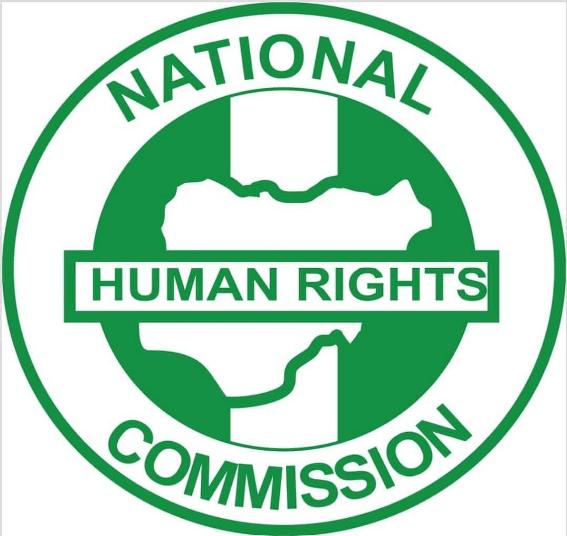The Youth Employment and Social Support Operation (YESSO) which is a tripartite agreement among the World Bank, the Federal Government of Nigeria and participating states was launched in September 2013 with the overall objective to increase access of the poor to youth employment opportunities, social services and strengthen safety net system.
YESSO which is an offshoot of the Osun Youth Empowerment Scheme (O-YES) was designed to achieve the same feat as OYES which saw unemployment rate plummeting from 12 per cent to 3 per cent in the State of Osun in the year 2010 (Source: National Bureau of Statistics, 2010).
In other words, YESSO was designed to strengthen the safety nets programme through coordination, effective targeting and monitoring and evaluation. Some of the merits of
YESSO are the establishment of Single Register (SR) of poor and vulnerable households which is now building block of the Federal Government Cash Transfer programme, provision of labour intensive work (Public Workfare), skills training for unemployed youths (Skills for Job) and targeted grant transfer in the North East region of Nigeria.
The Osun-YESSO was institutionalized with the State Operation Coordinating Unit (SOCU) as the institution responsible for coordination, management and oversight of social safety nets.
It does these by developing a database of poor and vulnerable households for selection into safety nets interventions that can support their needs. Three important lessons can be learned from the YESSO model of curbing unemployment. First, is the targeting method which demonstrates the important roles communities can play towards the identification of poor and vulnerable households.
Second, it is the selection criteria which limits the error of inclusion and exclusion. Lastly is the output of the Single Register (SR).
Targeting
The failure of previous interventions on youth empowerment programmes to reach the poor and vulnerable groups in the society has shifted the attention towards Community Based Targeting (CBT).
The CBT process involves geographical targeting, community gathering, data collection and analysis, and validation of list of identified households at the community level.
The key distinction of this approach is the substantial role of the community in the overall selection of the beneficiaries, albeit following some selection criteria.
Selection Criteria
The target groups are poor and vulnerable youths within the identified households that will either participate in the labour intensive work (PWF) or skill matching training programme (Skills for Job). The following conditions applied: (a) they have to be between 18 and 35 years old; (b) they have to be in a community identified as poor; (c) they have to be unemployed.
Numbers enrolled
By December 2016 till date, a total of 7,000 households have received direct cash transfer on monthly basis. Also, a total of number 1,000 of youths between ages 18 and 35 have been effectively enrolled in labour intensive work and receive monthly stipends. These numbers increase per phase of CBT which is already at the fourth phase.
Other states adopting similar model will experience the same dramatic improvement in their unemployment numbers.











